Hidden Identities
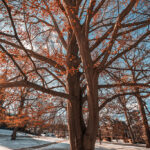
Fall and winter months are arguably the most difficult times of the year to identify plants. All the leaves are gone, and there are no flowers left. It may just look like there’s a random cluster of sticks in the ground, and each one looks like the other. However, have no fear, there are still plenty of ways to still accurately identify these plants! Here are some things to look at that might make this an easier process.
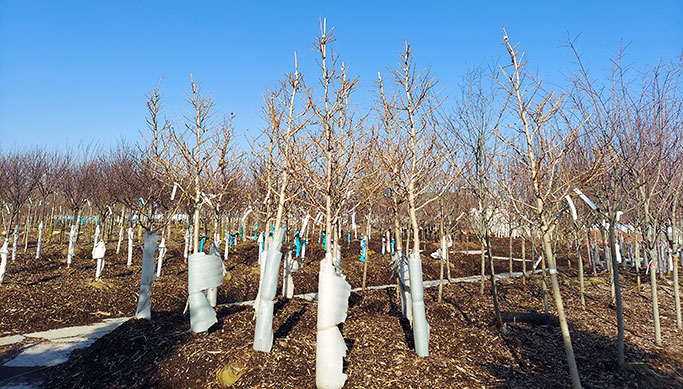
Size and growth habit are the easiest characteristics of a plant to pinpoint first. Whether it is columnar and upright, has a mounded shape or if it is lower to the ground and has more of a spreading habit. Sometimes this may not be enough to identify the plant, but it can point you in the right direction.
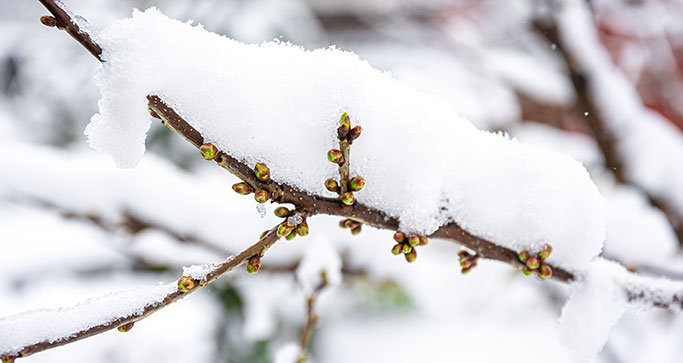
Buds can be an easy giveaway of what the mystery plant may be. Many plants have unique bud shape, size and color. The placement of buds on a stem can vary as well, helping to narrow down the investigation. For example, the buds on a Viburnum trilobum will be smooth and with two distinct outer scales, while Viburnum carlesii will have buds that will be more vegetative and almost resemble the start of a leaf.
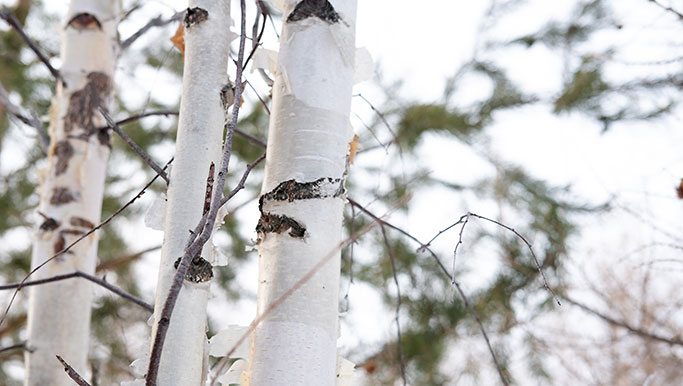
The stems and bark of a plant can also hold many unique characteristics of a plant. A lot of which can be hidden by the foliage during the summer. For example, Weigela has relatively coarse or rough bark which is not very noticeable until it loses its leaves. Or a more easily identifiable plant, red Dogwood varieties will have their signature bright red stem color in the winter.
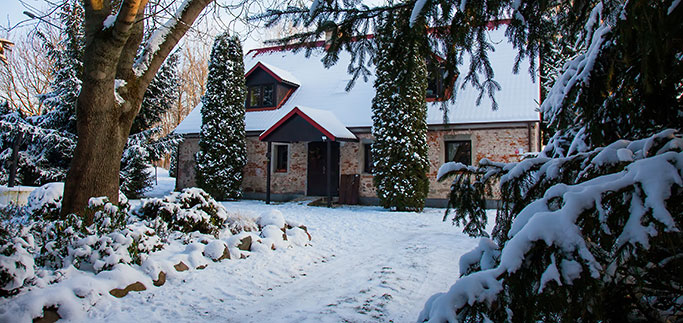
In most cases it will take a combination of these factors to properly identify a plant, but by recognizing these characteristics you will be successful. As the planting season comes to an end, it is a great time to take advantage of learning what these plants look like without their foliage. Well, that is until spring!
P.S. If you want to get deeper into identifying in the offseason, check out this book.
